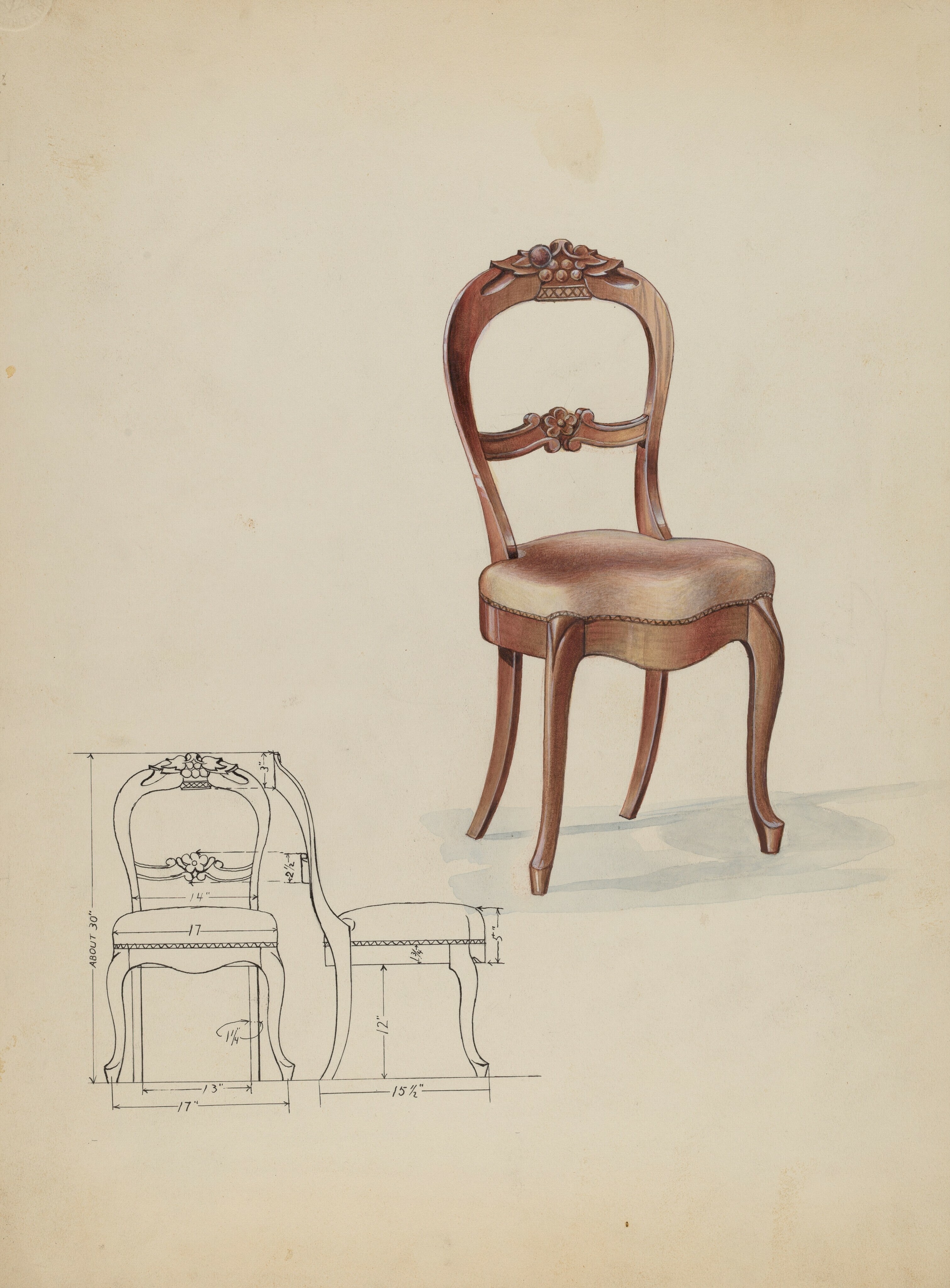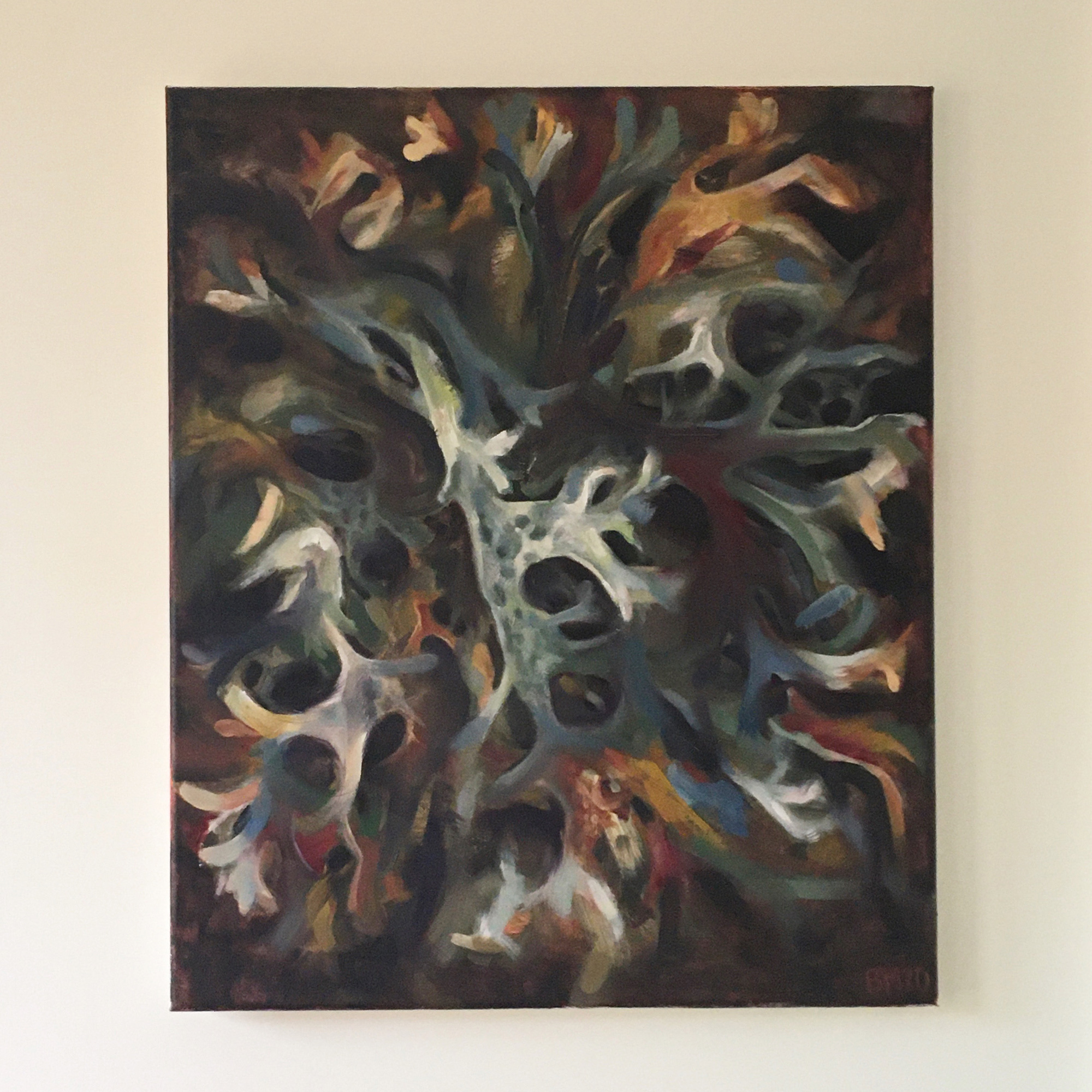Scale and proportion and key in observational drawing. By looking at the height and width of your objects/shapes and comparing them to other objects in your composition you can start to build a more accurate, and realistic, artwork.
Some artists use the 'sight size' method, where you position yourself, your easel and subject in such a way as you draw the object exactly the same size as you see it; the scale is 1:1.
Other artists know these rules and delight in throwing them out of the window. Mixing scale in a drawing, painting or sculpture can be unsettling (I'm thinking of Louise Bourgeois 3.5 tonne spider sculpture 'Maman'). Or it can give you a new found appreciation of a subject. Ron Mueck is a sculptor who makes hyper-realistic models that tend to be smaller or larger than life size. And it's that dramatic change in scale, and our reaction to it, that changes and charges the way we look at his work.
Of course you can use the word 'scale' in different ways to influence you this week. You could draw something 'to scale'. You could draw some weighing scales. You could even draw some reptile scales! Did you know that the interlinked sections on a pinecone are called scales?

An example of a chair drawn 'to scale' with exact measurements. Wellington Blewett Chair, c. 1936 Courtesy of the NGA

Part way through 'Holding on'. As you can see I scaled up my tiny hands to be a bit more significant on this large piece of textured paper.

'Lichen' A tiny piece of lichen that I found on a walk, no more than 2 inches in height, became the inspiration for this painting which ended up being 50cm x 60cm!
I really like the idea of drawing tiny things large or large things tiny, perhaps even putting them in the same picture to really get your viewer thinking. Whatever you choose, I hope you enjoy it.
